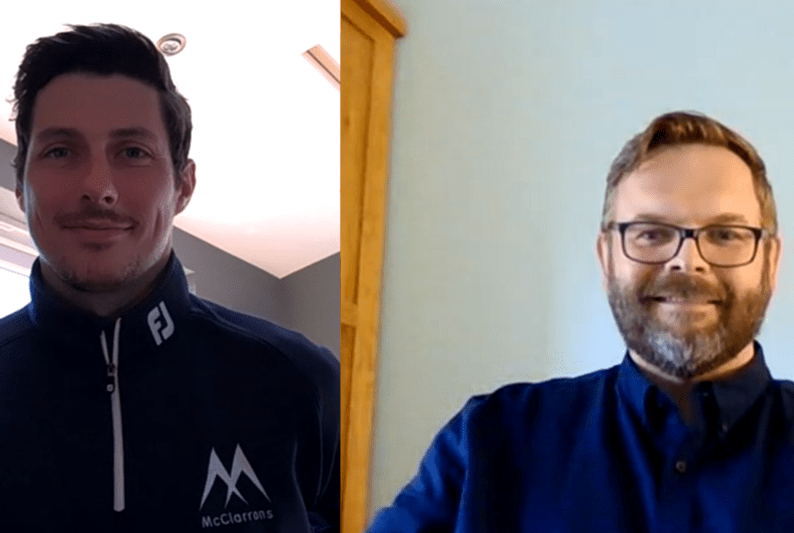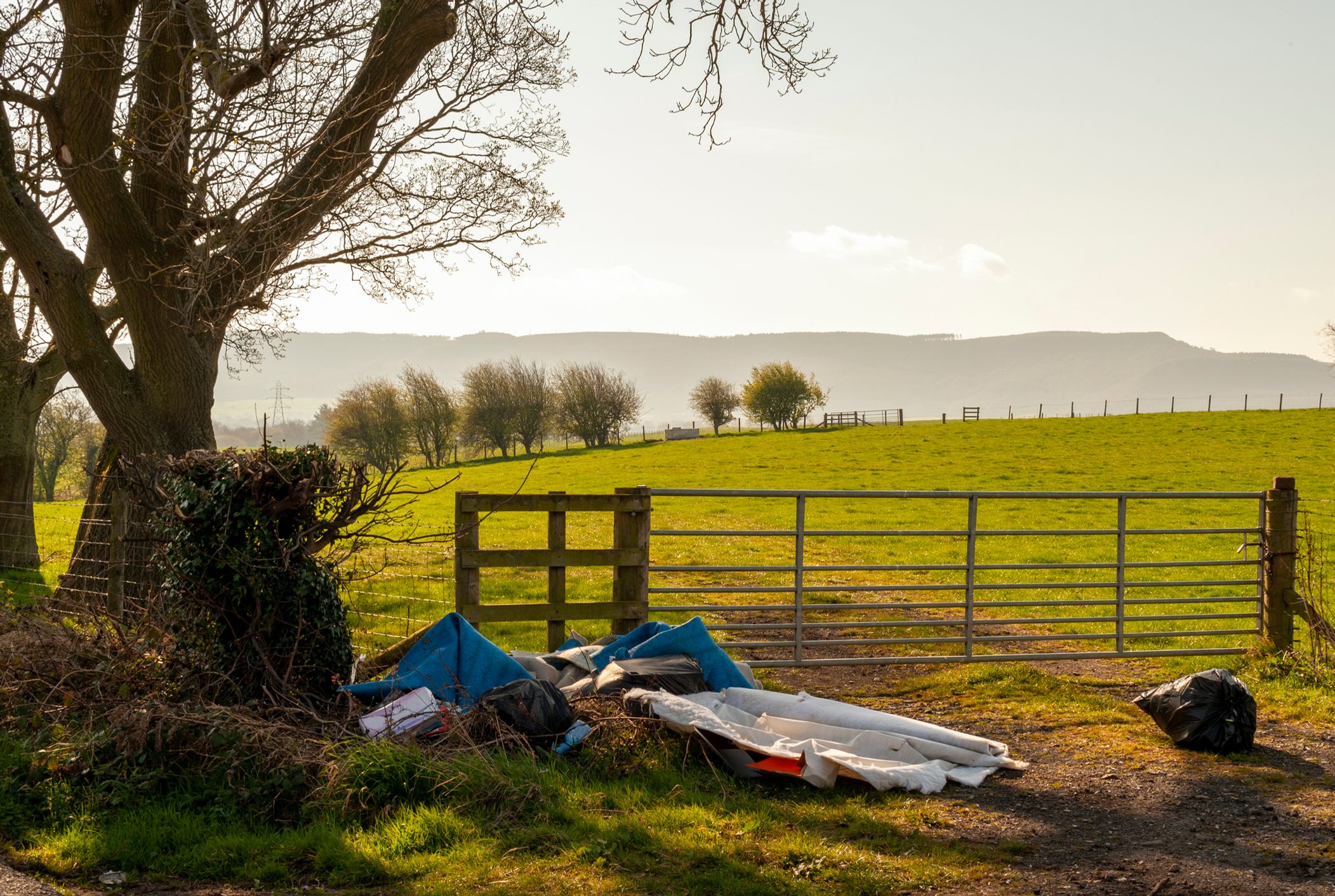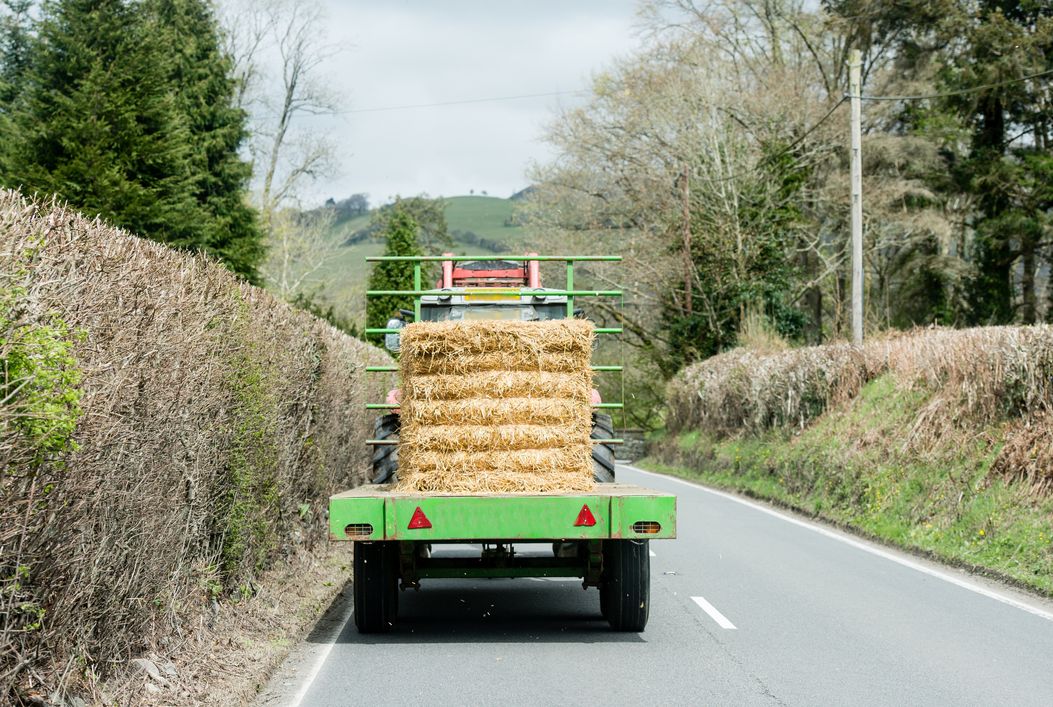As an employer, you are responsible for the health and safety of your employees whilst they are at work.
They could be injured at work or former employees might develop an illness later on in life because of their work whilst employed by you. If they believe you are responsible and want to claim compensation, it is important that you have the right level of Employers’ Liability indemnity to protect yourself and your business.
While the statutory minimum is £5m, and today’s policies tend to start at £10m, many customers will still require a higher limit to adequately protect them.
Here, we present 5 things to think about when choosing your limit of indemnity.
- What if there are multiple claimants?
Your Employers’ Liability indemnity limit applies to each claim. This means you could have multiple claims throughout the year, all individually paid out up to this limit. However, it is often the case that work-related injury claims involve multiple employees.
A claim, or series of claims arising out of a single cause, are regarded as one loss. Therefore, you need to consider whether your limit is enough to cover multiple claimants arising from the same incident.
- Where are your staff?
It is often the case that employees are concentrated in one area, for example in an office, a kitchen or on a building site. In these cases, it is likely that one incident could affect a number of people. The higher the concentration of staff you have in one place, the higher limits you should be thinking about.
- What are your employees doing?
The largest Employers’ Liability claims arise from injury, rather than death. This is because claimants can suffer long-term loss of earnings and require long-term care.
You should therefore be thinking about whether your staff are carrying out activities that have a higher risk of injury, for example, working at height or with machinery.
In addition, certain locations can cause people to be more vulnerable than others. For example, offshore locations and railways.
- Are there any inner limits?
The majority of policies will include some common limitations, such as incidents arising from terrorism or offshore, which will typically be limited to the statutory minimum of £5m.
- What does the future hold?
Employment Liability claims can arise years after the alleged incident. One example of this is in the case of work-related diseases, which can come to light decades later.
A lot can change between you arranging your insurance and a claim actually being made and settled. The Ogden Reform, which is discussed further below, is a prime example of this.
What the Ogden Reform means for Employers’ Liability:
Very simply, due to the reduction in interest rates, the courts increased compensation substantially to ensure that an injured party is able to receive similar investment returns as previously, i.e. when interest rates were higher. Therefore, we do recommend considering increasing your limit of indemnity to ensure adequate protection.
Stephen Marriott-Smalley, Commercial Account Executive at McClarrons, further points out, “It’s important to consider what may change between the time you purchase your insurance policy and the time when you may need to claim. We therefore encourage you to consider potential claims inflation when deciding on your level of indemnity.”
So, how we can help you?
Our commercial team have over 70 years’ combined experience in arranging Employers’ Liability insurance, which means they have a wealth of specialist knowledge and independent advice that they will share with you.
Furthermore, by working with Risk Management specialists, Risk Source, we are also able to offer you guidance that will enable you to take a proactive approach to reducing your chance of having to make a claim in the first place.
You can contact our Commercial team at enquiries@networkportfolio.co.uk/mcclarroninsurance.com or by calling 01653 697055. Alternatively, fill out our online contact form here.
























